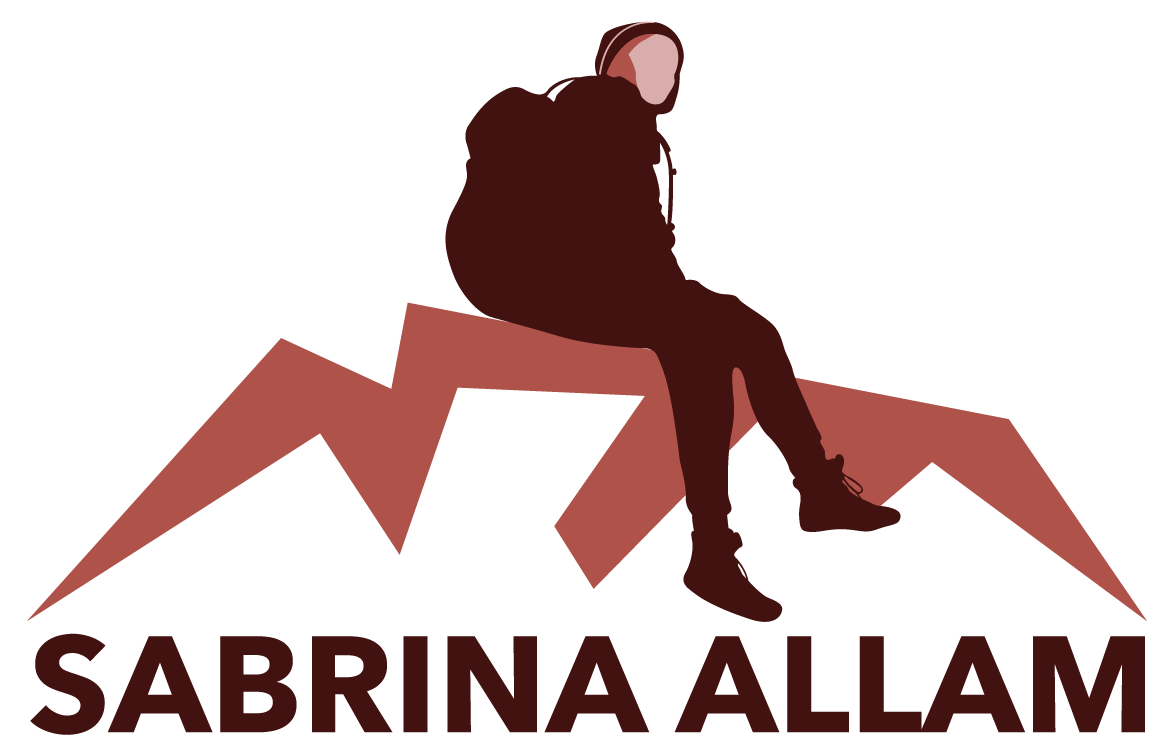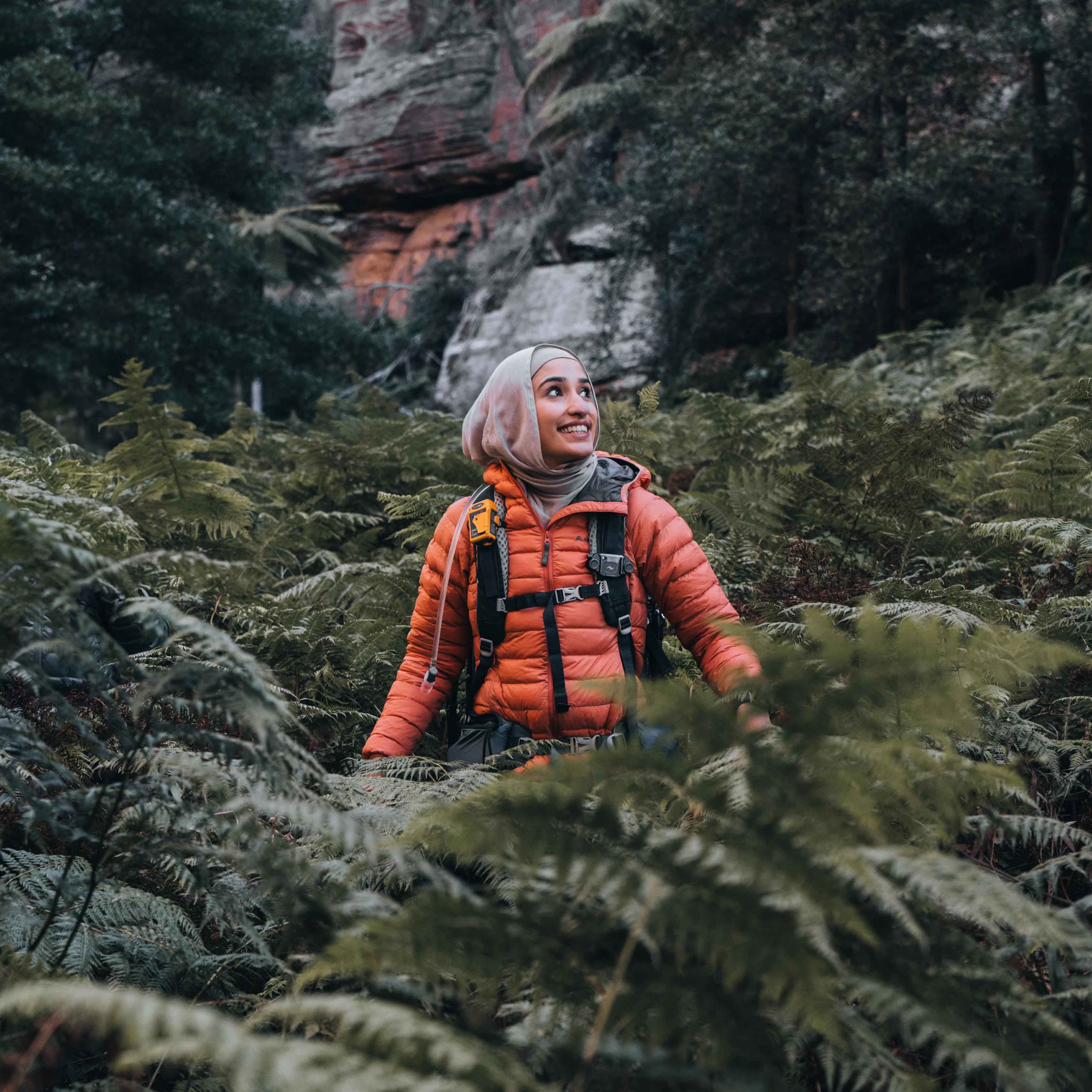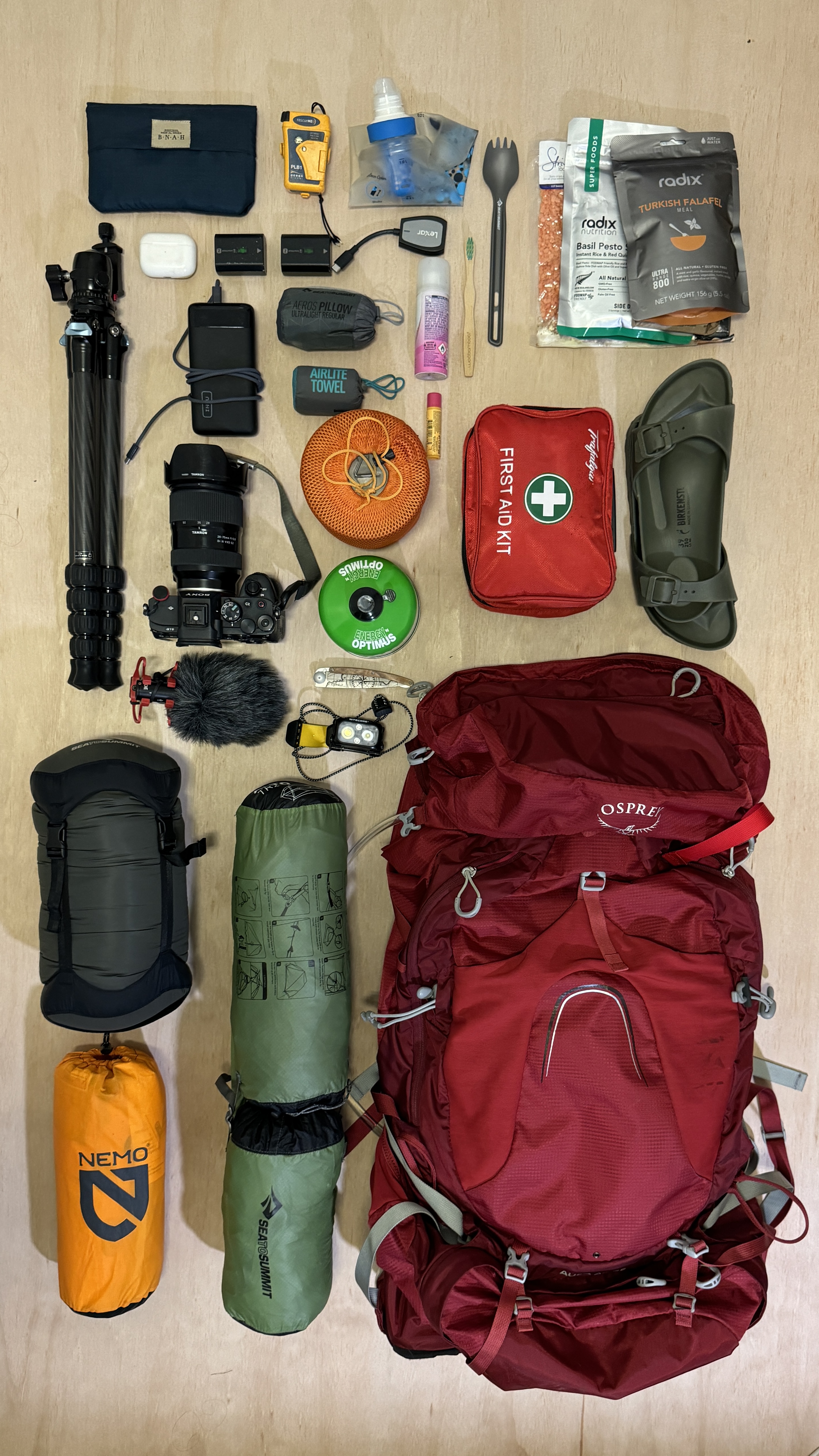“Is it safe to hike alone as a woman?” It’s one of the most common questions I get.
I get it. The idea can feel a bit intimidating at first. But solo hiking has become one of the most rewarding things I’ve done. You don’t start off feeling confident, but with each trip, that confidence builds. I’ve been able to explore so much more without having to wait around for anyone, and funnily enough, some of my best ideas have come to me while out there on my own.
There’s something special about setting your own pace, making your own decisions, and seeing what you’re capable of. In this blog, I’ll share some thoughts and tips that helped me see solo hiking not just as safe, but as something that’s genuinely empowering and fun to do!
Benefits of Solo Hiking
One of the best things about solo hiking is the freedom. You get to choose where you go, how fast you move, and when you stop. No need to work around anyone else’s schedule. That was a big one for me because trying to plan something that suited everyone is often a challenge.
Solo hiking also gives you the chance to properly switch off. No constant notifications or distractions. Just you, the trail, and nature. It’s a chance to slow down, tune in, and feel more connected to your surroundings and to yourself.
Plan Ahead, Always
When you’re hiking solo, planning ahead is a non-negotiable. I always use apps like AllTrails to check trail info and, if there’s signal, I’ll share my route and live location with someone I trust. It’s also a good idea to let someone know where you’re going and when you expect to be back. A quick message can go a long way if something doesn’t go to plan.
Pick the Right Trail
Choosing the right trail is crucial, especially for beginners. Opt for popular, well-marked trails to minimise the risk of getting lost and to ensure there are other hikers nearby. Starting with something short and manageable is a great way to build confidence and get a feel for it all.
Pack Essentials and Beyond
- Water: Bring enough for your hike and a method for purification on longer journeys.
- First-Aid Kit: A compact kit stocked for treating minor injuries.
- Map and Compass: Essential for navigation without relying on electronic devices.
- Snacks: Choose high-energy, lightweight foods.
- Appropriate Clothing: Wear layers for weather changes, plus a rain jacket.
- Sturdy Footwear: Invest in comfortable, durable hiking boots or shoes.
- Headlamp: Important for visibility if you're out after dark. Always keep one with you.
- Sun Protection: Don't forget sunscreen, sunglasses, and a hat.
- Emergency Shelter: A space blanket can be vital for overnight emergencies.
- Battery Pack: Keep your phone and other devices charged, especially important for navigation and emergencies.
Stay Safe Out There
Stick to marked trails. It’s safer, and it helps protect the environment too. Keep an eye out for anything that feels off, and always trust your gut. If something doesn’t sit right, turn back. It’s never worth pushing through just for the sake of finishing.
Know Your First Aid
Being prepared for medical emergencies is crucial, especially on solo hikes:
- Carry a First-Aid Kit: Make sure it's well-stocked for a range of minor injuries and ailments.
- Snake Bite Preparedness: In snake-prone areas, understand the basics of snake bite first aid. This includes knowing how to properly immobilise the area and seek immediate medical help, while avoiding common myths and mistakes.
Know How to Navigate
Phones are great, but they’re not always reliable in the bush. That’s why learning some basic navigation skills is so important. Things like reading a topographic map, using a compass, and understanding how to track your direction can be a real game changer if you’re ever stuck without signal or your battery dies. It doesn’t have to be complicated. Just knowing how to get your bearings can make all the difference.
Invest in a Personal Locator Beacon
When planning hikes in remote areas, many people are asking whether newer technologies like the satellite communication feature on iPhone 14 models are reliable enough for emergency situations. It's an impressive feature that lets you send messages without cell service, sparking the question: Should we rely solely on this?
While it's tempting to depend on the convenience of our smartphones, I still recommend carrying a personal locator beacon (PLB) as your primary safety device. PLBs are specifically designed for emergencies, offering reliability and long battery life, crucial in isolated areas. Think of your phone's satellite feature as a fantastic backup, there if you need it but not your main lifeline. For longer multi-day hikes, investing in a two-way communication device can also enhance your safety, providing more reliable options to reach help if needed.
Embrace the Photography Side of It
One of the things I love most about solo hiking is how good it is for photography. When you’re on your own, you can take your time without feeling like you’re holding anyone up. Whether you’re waiting for the light to hit just right or speeding up to catch the last bit of sun, you’re on your own schedule. It gives you the freedom to really focus on the creative side of things while still exploring.
With the right prep, a focus on safety, and a bit of care for the environment, solo hiking can be one of the most rewarding things you do.







